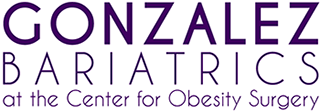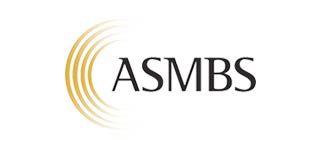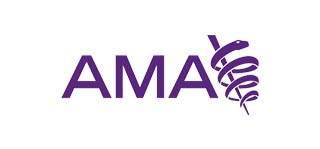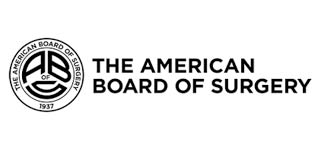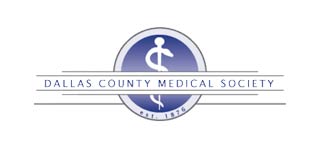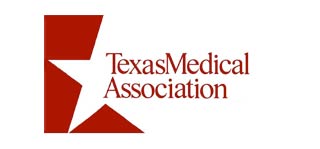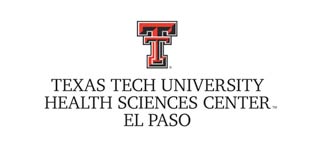Hiatal Hernia Repair
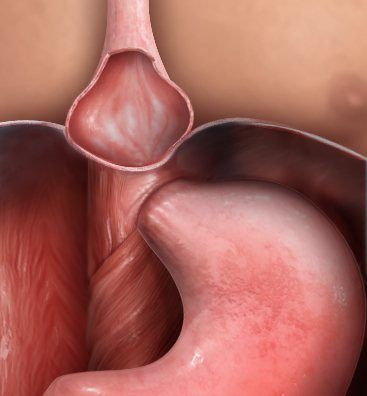
A hernia is an abnormal opening in the wall of a tissue, muscle or membrane that holds an organ in place. The stomach lies below the diaphragm. Hiatal hernia is a condition in which part of the stomach slides through the hiatus, an opening in the diaphragm, and protrudes into the chest. Hiatal hernia is a common condition and commonly affects people over 50 years of age.
Hiatal hernia is of two types:
- Sliding hiatal hernia: Most common type of hiatal hernia where the stomach slides in and out of the hiatus.
- Fixed hiatal hernia (paraesophageal hernia): The stomach moves up into the chest cavity and stays.
Sometimes the hernia may get strangulated, blocking the blood flow to the stomach. This is a medical emergency.
Causes
It is not exactly clear what causes a hiatal hernia. Some of the possible causes may include weakening of the supporting tissues due to an injury, or increased pressure in the abdomen from coughing, vomiting, lifting heavy objects and straining during a bowel movement. The condition may also occur due to a congenital defect where the hiatus is unusually large.
Symptoms
Hiatal hernia may not have any symptoms. Some of the commonly observed symptoms of hiatal hernia include chest pain, heart burn, belching and difficulty swallowing.
Diagnosis
Your doctor may order the following tests to diagnose hiatal hernia:
- Barium swallow test: involves swallowing a barium preparation, which can be detected through X-rays
- Endoscopy allows the doctor to examine the inside of your esophagus and stomach with an instrument called an endoscope, a thin flexible lighted tube
Treatments
Treatment may not be necessary if the patient is not experiencing symptoms. Treatment is usually started when symptoms occur such as in cases of severe heartburn, when the esophagus gets inflamed due to acid reflux, the hiatus narrows or lungs are inflamed. Your doctor prescribes medications and life style changes to treat heartburn and acid reflux.
When non-invasive methods fail, surgery is recommended. Laparoscopic Nissen Fundoplication (LNF) is considered the standard of care for hiatal hernia.
Nissen Fundoplication is performed on an outpatient basis under general anesthesia. Your surgeon makes a small incision in the upper abdomen and inserts a tube called a trocar through which the laparoscope is introduced into the abdomen. A harmless gas is injected into the abdominal cavity near the belly button to expand the viewing area of the abdomen, providing a clear view to your surgeon and sufficient room to work. Additional small incisions may be made to insert other surgical instruments.
During the procedure, your surgeon first repairs the hiatal hernia, by bringing your stomach down into your abdominal cavity. Sometimes, a type of mesh may be inserted to support and strengthen it. Your surgeon then wraps the upper part of the stomach, the fundus, around the lower esophagus to create a valve, suturing it in place. This surgery strengthens the muscles and helps prevent stomach acid and food from flowing back into the esophagus. The laparoscope and other instruments are removed and the gas released. The tiny incisions are closed and covered with small bandages.
